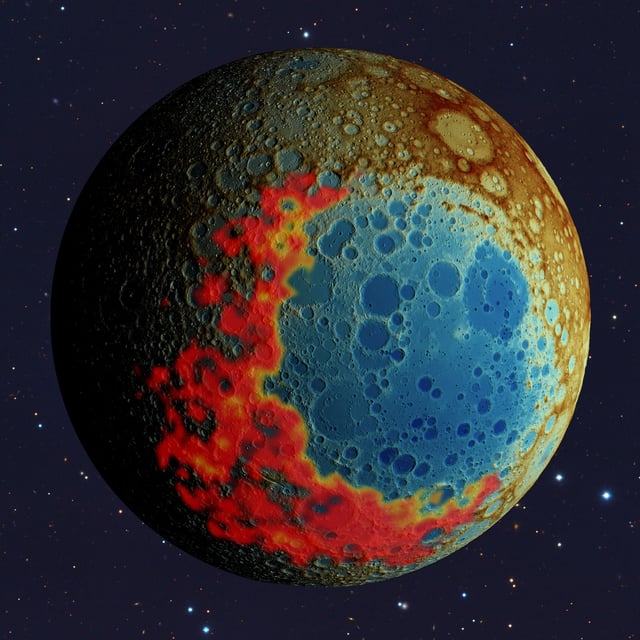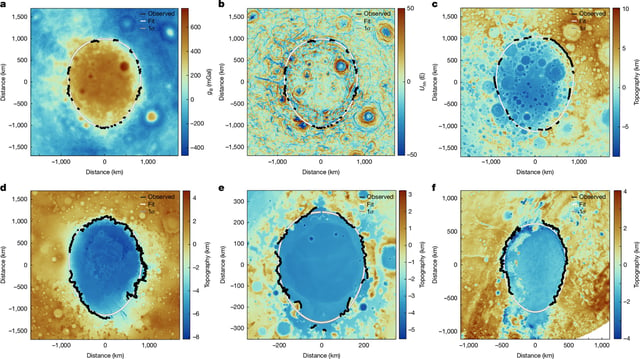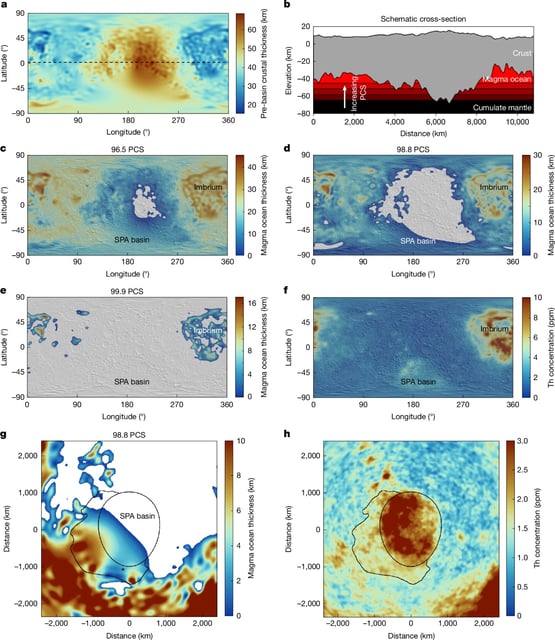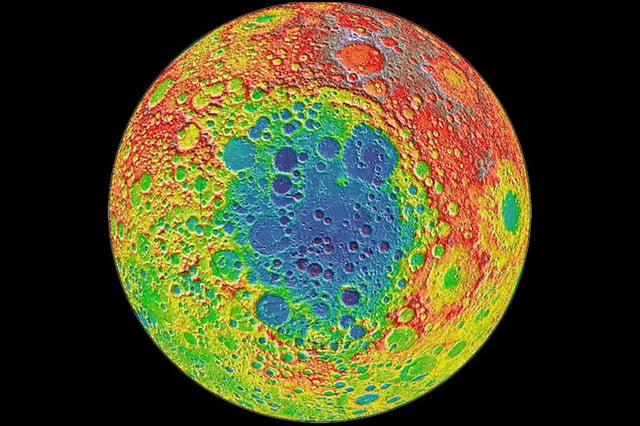Overview
- A peer-reviewed Nature study led by Jeffrey Andrews-Hanna finds the South Pole–Aitken basin narrows southward, indicating the impactor came from the north in an oblique strike.
- Comparisons with other giant basins such as Hellas on Mars and Sputnik on Pluto show similar down-range tapering that matches the SPA geometry.
- Topography, gravity and crustal-thickness mapping point to a thick pile of interior ejecta on the basin’s southern rim, the area targeted by NASA’s Artemis landings.
- Remote sensing reveals an asymmetric thorium-rich blanket on the basin’s western flank, consistent with excavation of patchy KREEP-bearing magma-ocean residues.
- Researchers say definitive tests await returned samples from the SPA rim, which would confirm impact direction and the composition of excavated materials.



